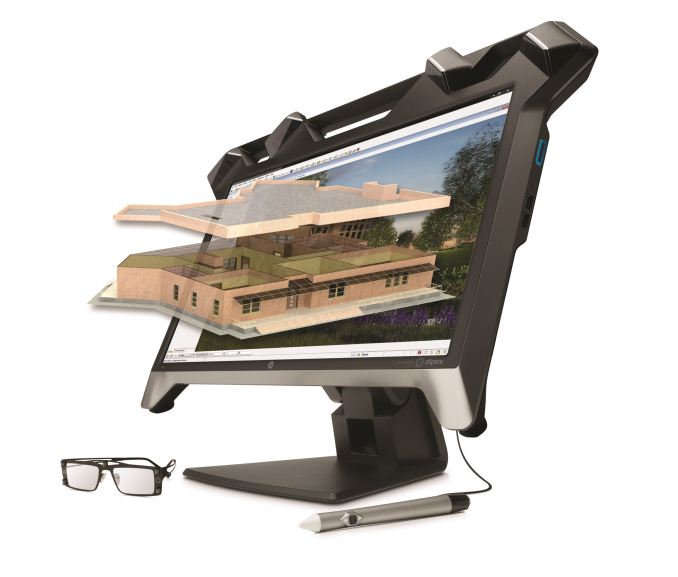Read original story on: Forbes
Alongside with the expected updates of its 5K, 4K and “immersively curved” high-end displays, HP also unveils at CES today a new screen with the wow factor—a display that blurs the boundary between the digital and physical worlds. The new Zvr “Blended Reality” Display allows users to rotate, manipulate and navigate 3D images via its various embedded tracking sensors. Could this point to a new direction in the development of advanced interfaces?

